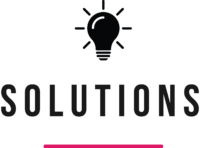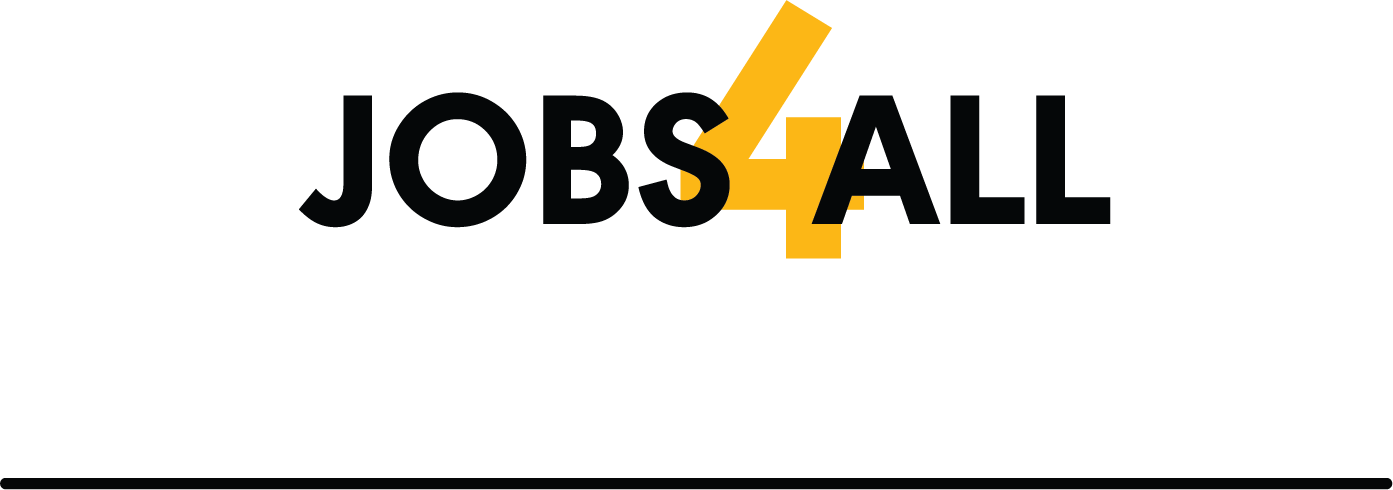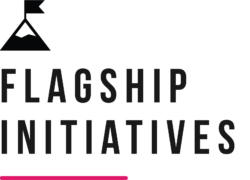


Sustainable Development Goal 17 (SDG 17) has several key goals and targets that focus on strengthening global partnerships and cooperation to support the achievement of all the other Sustainable Development Goals (SDGs). The main goals of SDG 17 are as follows:
- Strengthen Global Partnerships: SDG 17 aims to enhance cooperation among governments, businesses, civil society, and other stakeholders. It promotes collaboration at the local, national, regional, and international levels to achieve the SDGs.
- Resource Mobilization: The goal is to significantly increase the availability of financial resources, both domestic and international, to support sustainable development initiatives. This includes promoting investment and encouraging the development of innovative financing mechanisms.
- Technology Transfer: SDG 17 seeks to facilitate the transfer of environmentally sound technologies from developed to developing countries. It also promotes research and development efforts to bridge the technology gap.
- Capacity Building: The goal emphasizes the importance of building the capacity of developing countries to effectively implement the SDGs. This includes strengthening education and training programs and improving institutional capabilities.
- Data and Monitoring: SDG 17 aims to improve data collection, analysis, and reporting on the progress of the SDGs. It seeks to enhance the availability of high-quality, timely, and disaggregated data to inform decision-making.
- Global Governance: The goal advocates for a fair and rules-based international system that supports sustainable development. It calls for increased representation of developing countries in global decision-making processes.
- Peace and Stability: SDG 17 recognizes that peace, security, and stability are essential prerequisites for sustainable development. It calls for conflict prevention and resolution efforts.
- Promote Inclusivity: The goal underscores the importance of inclusive partnerships that leave no one behind. It seeks to engage marginalized and vulnerable groups in sustainable development efforts.
- Stakeholder Engagement: SDG 17 encourages the active participation of civil society, the private sector, academia, and other stakeholders in the implementation of the SDGs. It aims to foster a sense of ownership and shared responsibility.
- Policy Coherence: The goal promotes policy coherence at the national and international levels, ensuring that policies and strategies align with the SDGs and do not undermine their objectives.
- South-South Cooperation: SDG 17 supports cooperation among developing countries (South-South cooperation) to share knowledge, experiences, and resources to address common challenges.
- North-South Cooperation: The goal also encourages cooperation between developed and developing countries (North-South cooperation) to provide financial and technical support to help developing nations achieve their sustainable development goals.
In summary, the overarching goal of SDG 17 is to create a supportive global environment that fosters collaboration, resource mobilization, technology transfer, capacity building, and data-driven decision-making to advance sustainable development and address the interconnected challenges outlined in the other SDGs.

Sustainable Development Goal 17 (SDG 17) was formulated in response to several significant problems and challenges that hindered progress toward achieving sustainable development worldwide. These problems include:
- Lack of Global Cooperation: Many global challenges, such as climate change, poverty, and inequality, require coordinated efforts among countries, organizations, and stakeholders. Historically, there was often a lack of effective cooperation and partnerships to address these issues.
- Resource Gaps: Implementing the other SDGs often requires substantial financial resources, technology, and capacity-building. Many developing countries faced challenges in mobilizing the necessary resources to meet their sustainable development goals.
- Technology Disparities: Access to technology and knowledge transfer was unevenly distributed, with disparities between developed and developing countries. Bridging this technology gap was crucial for inclusive and sustainable development.
- Data and Monitoring Gaps: Accurate and up-to-date data were lacking in many regions, making it difficult to track progress toward the SDGs effectively. Improved data collection and monitoring were necessary to measure and adjust policies and initiatives.
- Peace and Stability: Conflict, violence, and political instability in various parts of the world posed significant barriers to sustainable development efforts. Peace and stability were prerequisites for progress on multiple SDGs.
- Inadequate Governance: Weak governance structures, corruption, and insufficient rule of law hindered the effective implementation of sustainable development initiatives. Strengthening institutions and governance mechanisms was essential.
- Unsustainable Economic Practices: Some economic practices were contributing to environmental degradation and exacerbating inequality. Transitioning to more sustainable and inclusive economic models was a pressing concern.
- Inequalities and Marginalization: Widespread disparities in income, access to resources, and opportunities existed both within and between countries. These inequalities posed obstacles to achieving the SDGs, particularly the goal of leaving no one behind.
- Climate Change: Climate change emerged as a global crisis, threatening ecosystems, livelihoods, and vulnerable communities. Addressing climate change required international collaboration and commitment.
- Natural Resource Depletion: Unsustainable consumption and production patterns were depleting natural resources and harming ecosystems, making it necessary to transition to more responsible resource management.
SDG 17 was formulated to address these challenges by emphasizing the importance of partnerships, resource mobilization, technology transfer, capacity-building, data improvement, and global governance. It acknowledges that collective action and cooperation are fundamental to overcoming these obstacles and achieving sustainable development for all.

UPLIFT focuses on two key indicators:
Indicator 17.16 : Enhance the Global Partnership for Sustainable Development, complemented by multi-stakeholder partnerships that mobilize and share knowledge, expertise, technology and financial resources, to support the achievement of the Sustainable Development Goals in all countries, in particular developing countries.”
Indicator 17.17 : Encourage and promote effective public, public-private and civil society partnerships, building on the experience and resourcing strategies of partnerships
PARTNERS

Project Entrepreneur
Transforming businesses by offering free training for 10,000 new and existing entrepreneurs.

Jobs4All
A nation building initiative designed to help job seekers identify the skills and training needed to support their career, and connect with employment opportunities.

Freemakan
A BAC Food Bank initiative dedicated to eradicating food poverty in Malaysia by providing dry rations and cooked food to people struggling with hunger and food insecurity.

In line with SDG10, BAC Education Group will launch ‘BACking B40’ which focuses on identifying and building strong connections to Community Leaders and Association Presidents of PPR communities to better understand and meet their most immediate needs. Besides giving resources such as food aid, entrepreneurial classes and devices, this project also intends to connect these communities to representatives from government agencies such as Ministry of Women, Family and Community Development, Ministry of Entrepreneur Development and Cooperatives, SMIDEC, TEKUN, Jabatan Kebajikan Masyarakat and LPPKN, who will be the bedframe of this projects social safety net.
BACking B40 hopes to create a larger community of B40 families that has clear connections to society at large. A larger support system will guarantee no family is neglected or falls below their means.